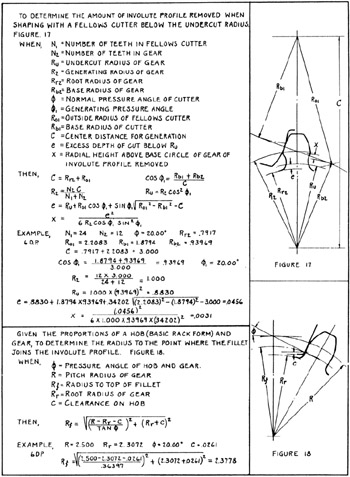

Figure 8.7 includes several stan- dard gear-tooth sizes and their corresponding diametral pitch values. The amount that the addendum exceeds the dedendum is called the clearance (represented by the variable c).* The diametral pitch (represented by the variable P.) is the number of gear teeth per inch of pitch diameter and can be expressed as Pa => (8.3) Diametral pitch (also called pitch) is an often-referenced parameter for gear-tooth size specifications in US customary units (or simply US units). The sum of the addendum and dedendum is called the whole depth (represented by the variable h). The addendum (represented by the variable a) is the radial distance from the pitch circle to the top of a gear tooth and the dedendum (represented by the variable b) is the radial distance from the pitch circle to the bottom of a gear tooth. The face width (represented by the variable F) is the length of a gear tooth in the direction parallel to the shaft axis. Section 8.4.5 includes details on how a gear-tooth profile is generated from a base circle. The gear-tooth profile is constructed from the base circle of the gear and the diameter of a base circle is called the base circle diameter (represented by the variable d.). P= N (8.2) To enable proper operation for mating gears, the circular pitch values for the gears must be identical. Assuming this gear is an ANSI coarse pitch with a 20° pressure angle (Table 8.1), calculate the fillet radius, addendum, working depth, and circular tooth thickness of this gear also. Using Equations 8.2–8.4, calculate the pitch diameter, diametral pitch, and module for a spur gear having 45 teeth and a circular pitch of 0.6.


 0 kommentar(er)
0 kommentar(er)
